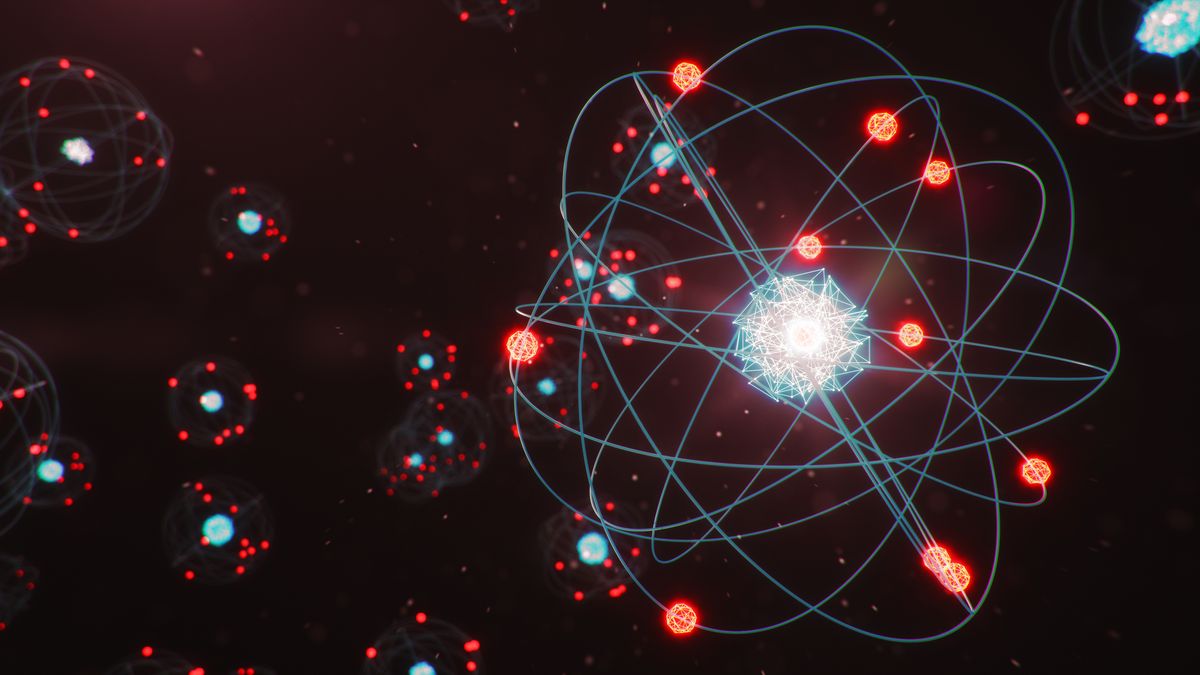Unlocking the Infinite: The Chemists Crafting Molecules Atom by Atom
09/27/2023
In the intricate world of chemistry, where atoms dance and molecules weave, a revolution is underway. Chemists are now wielding their molecular tweezers with unprecedented precision, unlocking a realm of endless possibilities. Inspired by the groundbreaking CRISPR-Cas9 genome-editing technology, a new method dubbed “skeletal editing” is changing the game, promising to reshape our world molecule by molecule.

Picture this: atoms, the building blocks of all matter, rearranged at will, like pieces on a cosmic chessboard. This is the vision driving the pioneering work of chemists like Mark Levin and Richmond Sarpong. At the University of Chicago and the University of California, Berkeley, respectively, they’re spearheading efforts to rewrite the molecular code of existence.
Levin, with the passion of a poet, describes chemistry as the art of creation, where scientists sculpt the very fabric of reality. It’s a sentiment echoed by his peers worldwide, united in their quest to manipulate matter at its most fundamental level.
Traditional synthetic chemistry has long been constrained by its own limitations. Like sculptors chiseling away at marble, chemists could only modify molecules at their peripheries, unable to penetrate their core. But now, with skeletal editing, they’re delving deeper, tinkering with atoms nestled within the heart of organic compounds.
The implications are staggering. Imagine drugs tailored to fit like a key in a lock, targeting diseases with pinpoint accuracy. Today, drug discovery is a painstaking process, akin to searching for a needle in a haystack. But with skeletal editing, chemists are rewriting the rules, streamlining the journey from concept to cure.
Julia Reisenbauer and Sarah Wengryniuk are among those leading the charge, pioneering reactions that insert single atoms into molecular structures. This breakthrough sidesteps the need to start from scratch, accelerating drug development and expanding the palette of available treatments.
But the impact of skeletal editing extends far beyond medicine. In the realm of materials science, chemists are reimagining polymers without traditional constraints. Aleksandr Zhukhovitskiy and his team at the University of North Carolina at Chapel Hill have developed reactions to synthesize vinyl polymers, paving the way for sustainable alternatives to petrochemical plastics.
Imagine a world where plastics are not synonymous with pollution but are instead crafted from renewable sources, effortlessly recycled with minimal environmental impact. It’s a future within our grasp, thanks to the ingenuity of chemists embracing skeletal editing.
Yet, challenges remain. Skeletal editing is still in its infancy, with only a fraction of its potential realized. Scaling up reactions, ensuring sustainability, and navigating the complexities of molecular design pose formidable hurdles. But as Levin notes, progress is swift, with each new discovery bringing us closer to unlocking the full potential of skeletal editing.
Beyond practical applications, skeletal editing is reshaping the very essence of chemistry itself. It’s a paradigm shift, challenging chemists to dream bigger, to imagine the unimaginable. In the hands of these molecular architects, atoms are no longer mere building blocks but the raw material for a symphony of creation.
As we peer into the future, the possibilities seem boundless. Automated synthesis laboratories, personalized medicines tailored to individual genetic profiles – these are not the dreams of science fiction but the promises of skeletal editing.
In the fight against cancer, personalized precision medicine could revolutionize treatment, offering hope where once there was only despair. And in the realm of materials science, sustainable alternatives to plastics could usher in a new era of environmental stewardship.
But perhaps the true beauty of skeletal editing lies not in its practical applications but in its capacity to inspire. In the eyes of chemists like Sarpong, the true value lies in the way it challenges us to think differently, to see the world through a new lens.
In the endless dance of atoms, we find the spark of creation. And with skeletal editing, we stand on the threshold of a new frontier, where the only limit is our imagination.
